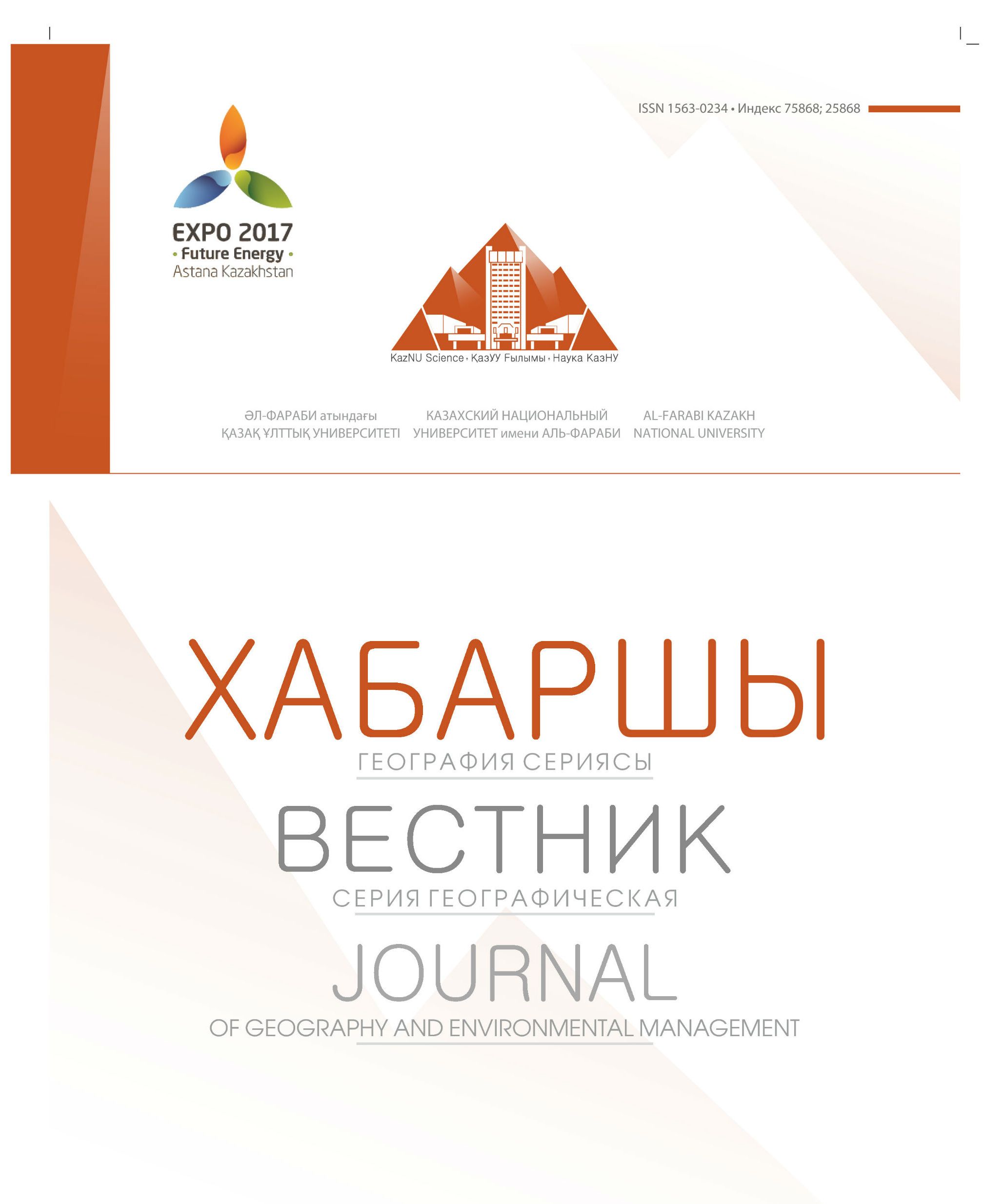Definition of Rainfall Intensity (R-Factor) When Soil Erosion by Interpolation
DOI:
https://doi.org/10.26577/JGEM.2019.v52.i1.011Abstract
Since the process of soil erosion is one of the intensive trends that have a significant negative impact
on land resources, as well as the national economy, now the necessary work to determine the priority
types of erosion processes, the calculation of the process of soil erosion, its optimization and organization
of preventive measures. One of the main factors affecting soil erosion is rainfall (R). Since its volume
and intensity of the fall leads to the emergence of erosion in the soil. In this paper, the intensity of precipitation
(R-factor) is calculated by interpolation in GIS technology and an algorithm for determining the
R-factor is proposed. Chizha-1 river extends from North to South to 72 km, from West to East in 33 km.
In this regard, the precipitation occurs from South to North. With precipitation of 300 mm per year, 16%
of the southern massifs to the North change their value. Soil erosion is more common in fine-grained
soils, in areas with high rainfall and strong winds. When severe soil erosion, reduced soil fertility, damage
sown seeds, the deteriorating quality of rangeland agriculture. All this causes huge damage to agriculture.
In this regard, this work focuses on this topic and the study found that the annual amount of precipitation
entering the agricultural lands of the Chizha-1 river basin varies from 300mm to 325mm.



